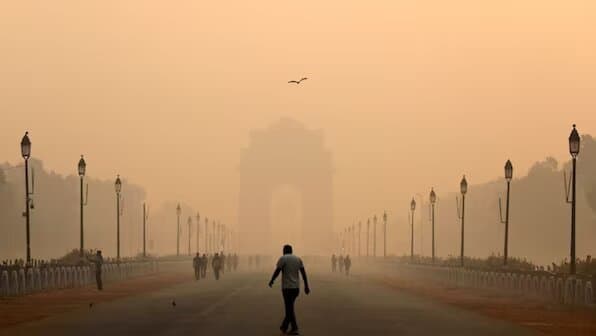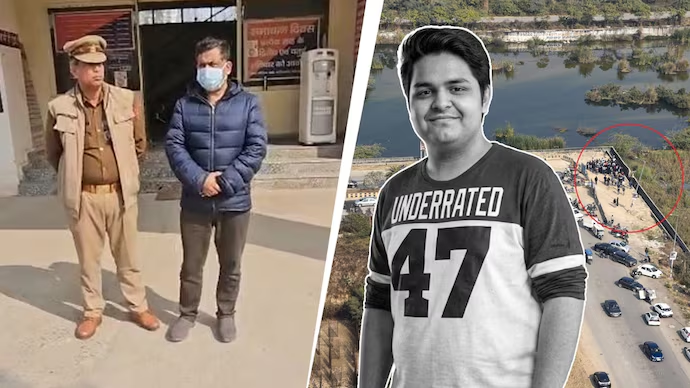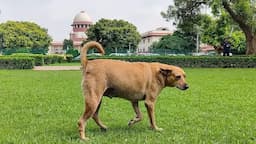The national capital's average air quality index (AQI) exceeded 310 on Oct 22, making it "very poor," following which Graded Response Action Plan (GRAP) Stage II was enforced.
Delhi and the neighboring regions, including Noida, were covered in a blanket of smog as the air quality fell to the "very poor" category.

The use of coal and firewood, including in tandoors at hotels, restaurants, and open eateries, as well as diesel generator sets (apart from emergency and essential services), is prohibited in Delhi under the second phase of the GRAP.
Depending on the severity of the problem, the air quality is categorized into four stages: "poor" (AQI 201-300) in Stage I; "very poor" (AQI 301-400) in Stage II; "severe" (AQI 401-450) in Stage III; and "severe plus" (AQI > 450) in Stage IV.
Central Pollution Control Board (CPCB) data shows that, of the 36 monitoring sites in the city, 26 are in the red zone and have an AQI that falls into the "very poor" category.
These stations include: Aya Nagar, Burari, Ashok Vihar, Anand Vihar, Bawana, Dwarka, Jahangirpuri, Mundka, Narela, Patparganj, Rohini, Shadipur, Sonia Vihar, Wazirpur, Alipur, and others.
Transportation, stubble burning, and dust pollution are major contributors to pollution. The Center's Decision Support System for Air Quality Management estimates that emissions from transportation are responsible for about 10.9% of Delhi's air pollution.
Furthermore, satellite data from Oct 21 shows that farm fires are another contributing cause, with 65 cases reported in Punjab, two in Haryana, and 25 in Uttar Pradesh.
A number of factors, including low wind speeds, lowering temperatures, high moisture content, and pollution particles that act as surfaces for condensation, contribute to Delhi's extreme pollution during the winter months.
The meteorological department reported that Delhi's maximum temperature on Oct 21 was 34.7 degrees Celsius, two degrees above average.
Keeping AQI in mind, the Delhi Pollution Control Committee (DPCC) has announced a blanket ban on firecrackers within the National Capital Territory (NCT) of Delhi till Jan 1, 2025, in an effort to reduce air pollution levels ahead of Diwali.
The prohibition extends to the production, distribution, and storage of firecrackers as well as their use in internet marketing activities.
According to Gopal Rai, the State Minister for the Environment, air pollution in Delhi always rises significantly during the winter, with fireworks being a major contributor to the emissions.













